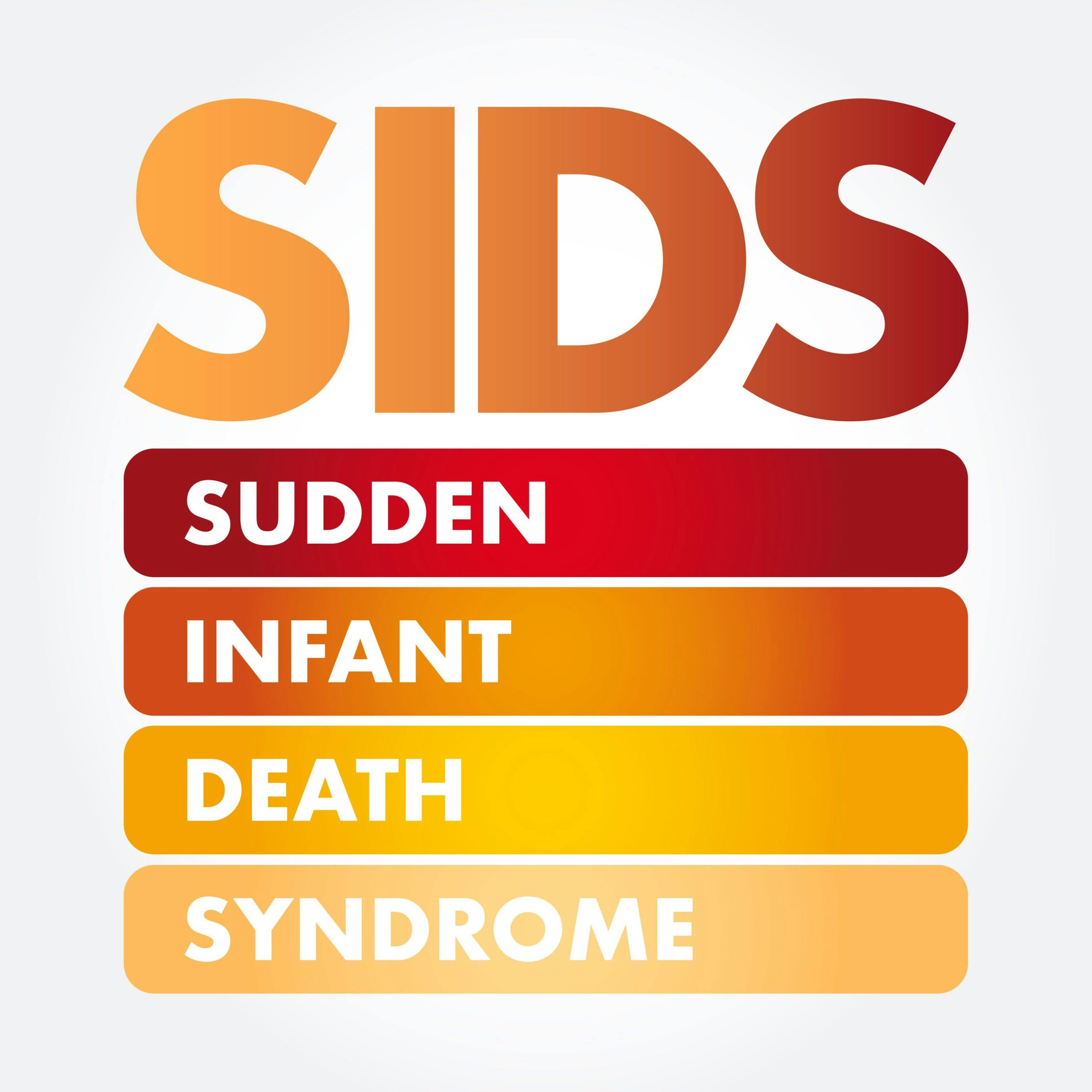What are the symptoms of sudden infant death syndrome?
Sudden Infant Death Syndrome (SIDS), also known as crib death, occurs unexpectedly and typically without warning. It is characterized by the sudden and unexplained death of an otherwise healthy infant, usually during sleep. Since SIDS is diagnosed after the fact and there are no specific symptoms that directly indicate it before it occurs, the signs are related to the aftermath. However, there are a few indicators that might raise concern:
- Unexplained Death: The most defining aspect of SIDS is that the infant is found dead in their sleep, with no obvious cause after a thorough investigation.
- Sleep Patterns: There may be no noticeable change in sleep patterns before the event.
- Breathing Issues: There may be no obvious signs of breathing problems or distress observed by caregivers.
It’s important to note that SIDS does not have premonitory symptoms. Prevention strategies focus on creating a safe sleep environment for infants to reduce risk factors associated with SIDS. These include placing babies on their backs to sleep, using a firm mattress, avoiding soft bedding and toys in the crib, and ensuring a smoke-free environment.
What are the causes of SIDS?
The exact causes of Sudden Infant Death Syndrome (SIDS) remain unknown, but several risk factors and potential contributing factors have been identified:
- Sleep Position: Infants who are placed to sleep on their stomachs or sides have a higher risk of SIDS compared to those placed on their backs.
- Sleep Environment: Soft bedding, pillows, quilts, and bumper pads in the crib can increase the risk of suffocation and SIDS. A soft mattress and overheating are also associated with higher risk.
- Parental Smoking: Babies who are exposed to smoke, whether during pregnancy or after birth, are at a greater risk for SIDS.
- Premature Birth or Low Birth Weight: Infants who were born prematurely or had a low birth weight are at a higher risk of SIDS.
- Maternal Factors: Factors such as young maternal age, inadequate prenatal care, and maternal smoking or substance abuse during pregnancy can increase the risk of SIDS.
- Genetic Factors: There may be genetic factors that contribute to a higher susceptibility to SIDS.
- Respiratory Issues: Problems with the infant’s respiratory system or brain’s ability to regulate breathing and arousal from sleep might play a role.
- Infections: Some studies suggest that infections, especially respiratory infections, might contribute to the risk of SIDS.
SIDS is a complex and multifaceted issue, and its occurrence is likely due to a combination of these risk factors. Efforts to reduce SIDS focus on safe sleep practices and minimizing known risk factors.
How can one prevent SIDS?
Preventing Sudden Infant Death Syndrome (SIDS) involves following several key practices to ensure a safer sleep environment for infants. Here are the most effective strategies:
- Back Sleeping: Always place babies on their backs to sleep, both for naps and overnight. This position has been shown to significantly reduce the risk of SIDS.
- Safe Sleep Environment: Use a firm mattress with no soft bedding, pillows, or toys in the crib. The sleep surface should be free of any loose items that could pose a suffocation risk.
- Avoid Overheating: Keep the baby’s room at a comfortable temperature and avoid using heavy blankets or overdressing the baby. A simple sleep sack or wearable blanket is safer than loose blankets.
- Sleep Alone: Place the baby in their own crib or bassinet in the same room as the parents for at least the first six months. Avoid co-sleeping in the same bed with the baby, as this increases the risk of accidental suffocation.
- Breastfeeding: Breastfeed your baby if possible. Breastfeeding has been shown to reduce the risk of SIDS.
- Avoid Exposure to Smoke: Ensure that the baby is not exposed to cigarette smoke, either during pregnancy or after birth. This includes avoiding smoking in the home or around the baby.
- Regular Prenatal Care: Seek regular prenatal care during pregnancy. Adequate prenatal care helps in monitoring and managing factors that could increase the risk of SIDS.
- Pacifier Use: Offering a pacifier during naps and bedtime may reduce the risk of SIDS. If breastfeeding, wait until breastfeeding is well established before introducing a pacifier.
- Avoid Bed Sharing: Ensure that the baby’s sleep area is separate from adult beds and couches to prevent accidental suffocation.
- Vaccinations: Keeping your baby up-to-date with vaccinations can help protect against illnesses that might be linked to an increased risk of SIDS.
By adhering to these practices, parents and caregivers can significantly reduce the risk of SIDS and create a safer sleep environment for their infants.
How common is SIDS in the United States?
Sudden Infant Death Syndrome (SIDS) remains relatively rare in the U.S., but it is a leading cause of death in infants under one year old. According to recent data, SIDS affects about 35 per 100,000 live births. The exact rate may fluctuate slightly depending on the year and region. Risk factors include unsafe sleep environments and prenatal exposure to harmful substances. Public health campaigns have helped reduce the rate by promoting safe sleep practices, such as placing babies on their backs to sleep.

Leave a Reply
You must be logged in to post a comment.